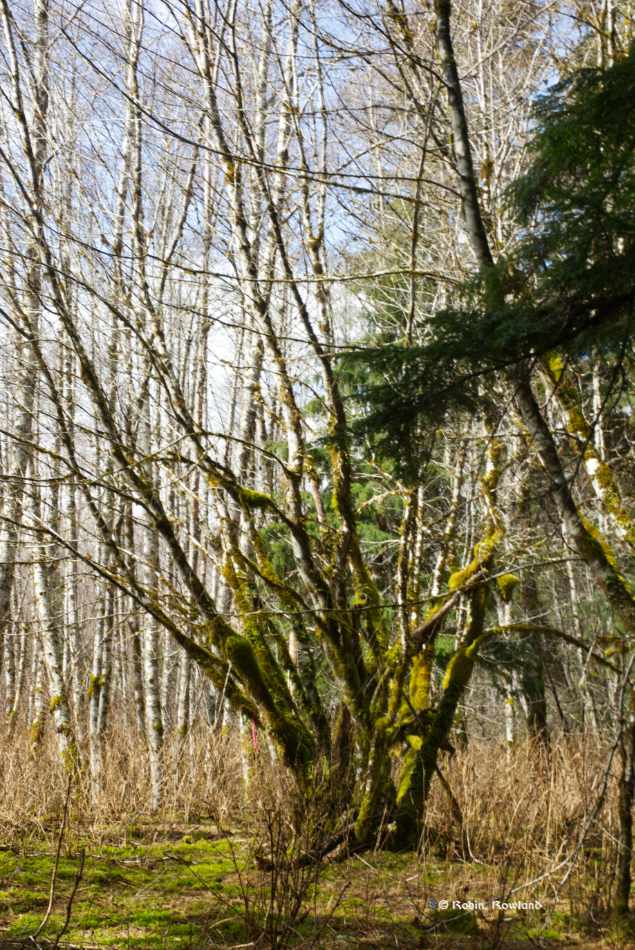The feral parakeets of Kensington Gardens


Walking through London’s Kensington Gardens I saw a crowd of people around some trees and a loud screeching of birds. Then I saw flashes of green as the birds flew between the trees and often landed on people’s hands and even heads, as they were (sometimes) fed.
This was a flock of what is called in Great Britain the ring-necked parakeet and in North America the rose-ringed parakeet. The species originates from both central Africa and India and has long been popular in the pet trade. A population of feral parakeets was first noticed in England in 1969 and there are now thousands in parts of the country. While in most places the feral parakeets thrive in city parks, their range is increasing in rural and wilderness areas. Because their diet includes cultivated fruit they are considered a pest by farmers. It appears that in England, the parakeets have rapidly evolved to survive the winters. As you can see at least in the summer, they are perfectly camouflaged among green leaves. As well as England, there are large numbers of feral parakeets in Japan, the Netherlands, Belgium and Germany, with smaller populations in southern California and Florida.





